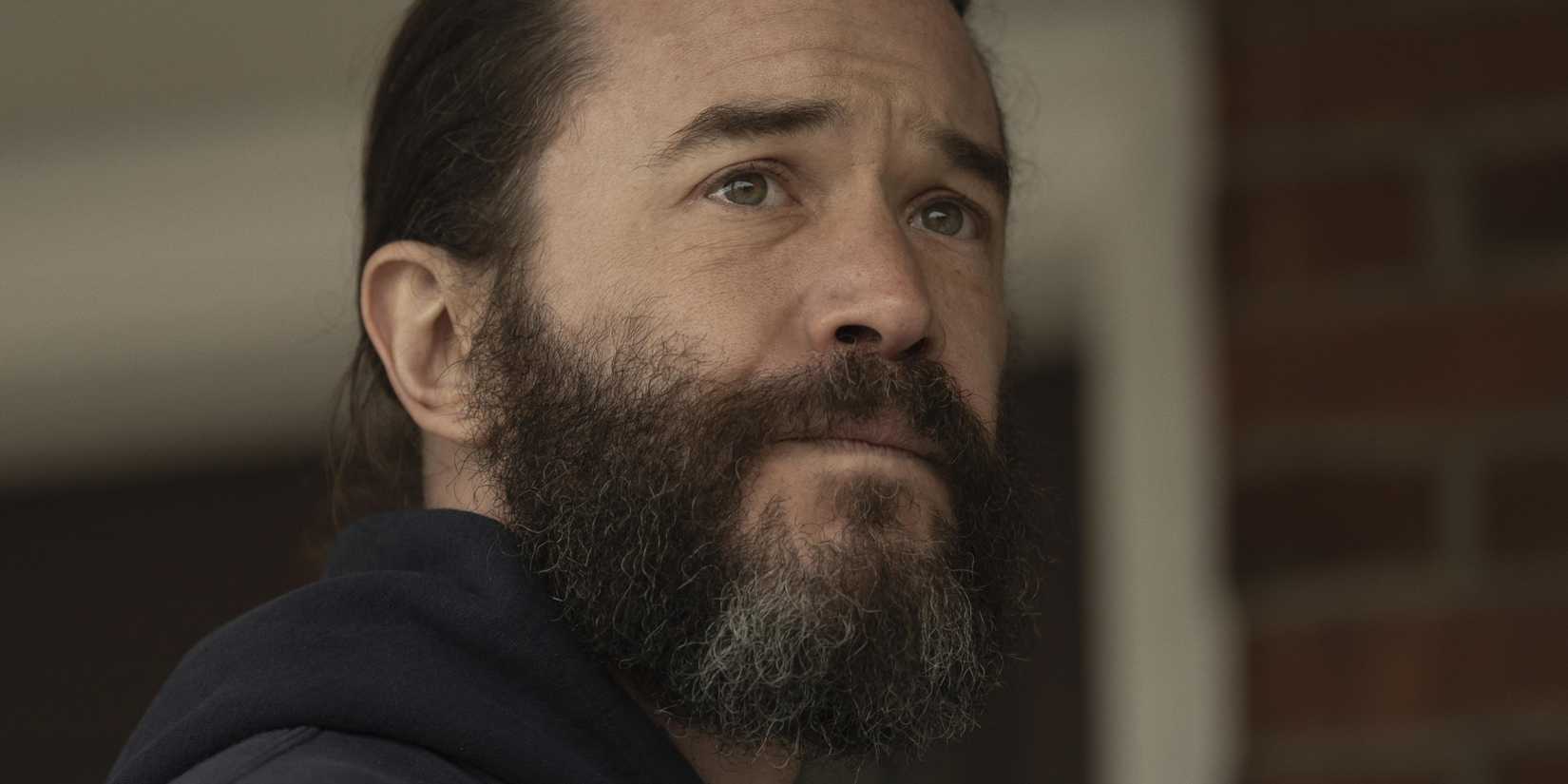What To Know
- Season 6 of Only Murders in the Building will take the trio to London, delving into the origins of their podcasting journey.
- Showrunner John Hoffman teases major twists, encourages fan theories, and promises a fresh dynamic by placing the characters in a new international setting with opportunities for British guest stars.
- The Season 5 finale highlights power dynamics in New York, while the upcoming season aims to blend classic murder mystery elements with new cultural clashes.
[Warning: The below contains MAJOR spoilers for the Only Murders in the Building Season 5 finale, “The House Always…”]
Only Murders in the Building Season 5 may be over, but there is renewed excitement for the series’ promising future as Hulu confirmed Season 6 will set its sights on London as the location for Charles (Steve Martin), Mabel (Selena Gomez), and Oliver’s (Martin Short) latest mystery.
As fans who have seen the Season 5 finale know, Season 6 will center around the mysterious death of podcaster Cinda Canning (Tina Fey), the woman who inspired our leading trio to team up in the first place. Donning red curls, Cinda’s look mirrored the woman at the heart of her new podcast, The Girl With the Curls, a tale involving a woman accused of killing a royal descendant in England.
But in a show that has involved stunt double lookalikes and death fakeouts, should we fully trust our eyes regarding Cinda’s demise? “I love keeping all theories alive, honestly,” admits showrunner John Hoffman, who co-created the series with Martin. “I know it may be frustrating, but I love keeping all theories alive and imagining many variations on where we could be going.”
Part of Hoffman’s push to focus on Cinda, he reveals, is “I also really like the notion of what’s set up there at the end, which is a revisiting of what brought them all together as a trio and starting with the woman who led the way for them to imagine themselves doing what they’ve now been doing for five seasons.”
While Season 5 put a light on the power dynamics of different New Yorkers, ranging from the mob and a mayor to out-of-touch billionaires and a humble doorman, Hoffman is eager to dive into the opportunities that setting Season 6 in London has in store. “Bringing it back around to an origin story for the podcasting in a traveling moment, to the origin of it all, as far as cozy murder mysteries go, and the land of that felt really rich and exciting and a real big chance to shake things up in a fresh way,” Hoffman explains. “That’s got me completely stoked.”
As our minds conjure Oliver having a Sherlock Holmes or Hercule Poirot moment in the vein of Arthur Conan Doyle or Agatha Christie, we can’t help but wonder, what made Hoffman select Mayor Tillman (Keegan-Michael Key) as poor Lester’s (Teddy Coluca) killer? “It’s funny. We did do it very early on,” Hoffman explains about selecting the mayor as the big reveal.

Disney / Patrick Harbron
It turned out that Tillman had been having an affair with Sofia Cacimelio (Téa Leoni), and Nicky (Bobby Cannavale) had found out. In a fit of rage during a secret game in the Arconia’s card room, Nicky cut off Tillman’s finger, and the pair wrestled over the cleaver, only for Nicky to fall on it, dying. Lester stole the finger and attempted to alert his wife, Lorraine (Dianne Wiest), by text, but autocorrect sent the wrong phrasing.
Ultimately, Tillman got the billionaires to cooperate in covering up his accidental murder of Nicky and Lester in exchange for favors in the city, which, Hoffman points out, made the most sense. “Really stepping back and looking at the themes of the season in regard to power in New York, and power in our world today, and the distillation of a few people with a lot… It’s very timely.”
Despite the timeliness, Hoffman promises he didn’t plan to have the finale stream in coincidence with the unfolding mayoral race in New York City at the moment. “The finale dropping with this story on the day of the New York City mayoral election is not something I planned on, I promise,” Hoffman jokes.

Disney / Patrick Harbron
“Lester and the mayor, in many ways, are similar; they’re always navigating certain elements of power in a big city,” he explains. “When looking at Lester, at the mayor, and at Nicky Cacimelio, with different perspectives on what’s right and what’s wrong, and finally standing up to someone and putting an end to it, making a wrong move or getting caught up like the mayor was in bad negotiations is not a far stretch to imagine.”
When you take a step back, it’s much like an ecosystem, not dissimilar to the one that has continued to expand over the years at the Arconia, which was thankfully saved by Oliver, Mabel, and Charles’s investigation. Although they may be heading overseas to investigate their next case, Hoffman assures, “The show has the building in its title; the building is a character.” By putting the building in danger this season, it forced the trio to question “What is our home?” Hoffman points out, and “it’s a bigger global question.”
Still, it sounds like much of Season 6’s action will be set across the pond as Hoffman teases, “Jumping away, putting our trio as fish in very new water, also felt like a jolt of energy for the show that we haven’t felt yet. Steeped in new surroundings [with] a whole new kind of ethos around that storytelling, whether it’s murder mystery writing fictionally or true crime podcasting, the old and new mixing and clashing in that way, culturally and everything else, it’s a big turn for us.”
While Hoffman couldn’t share too many details about when Season 6 will arrive, the show has been fairly faithful with delivering a new season to fans every year since its debut, so it’s not shocking to hear him admit, “It’s different than other seasons, and I’m very excited about what’s been happening for our development in the next season already.”
As for who he hopes to include in the next season of Only Murders in the Building, Hoffman is eager to work with almost anyone. “There’s a whole list of people that I start to imagine… It’s certainly exciting to imagine the thing I never thought we’d get the chance to do, which is incorporate those great British actors, international actors in a setting that really shakes up the show but keeps the heart of it at the core,” Hoffman hints.
In other words, keep your eyes peeled for what’s likely to be another all-star run as Only Murders in the Building heads overseas. In the meantime, let us know your predictions for the upcoming case, and let us know what you thought of Season 5’s finale in the comments section below.
Only Murders in the Building, Season 6 Premiere, TBA, Hulu



















